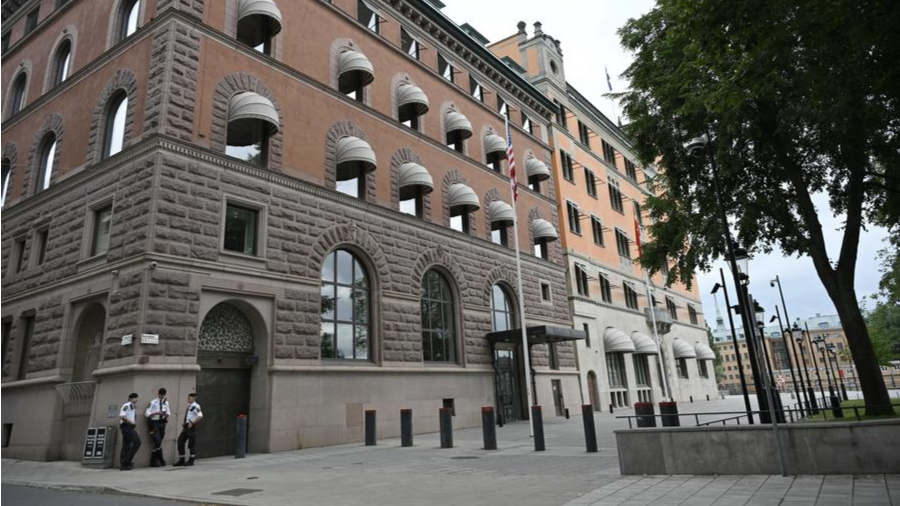
Manufacturers and exporters in Hong Kong have given an enthusiastic welcome to the extension of the tariff pause by the Chinese mainland and the United States (US).
The government of the Hong Kong Special Administrative Region (HKSAR) should take advantage of the pause period to allow the industry to adapt to the ever-changing international trade landscape, the sector’s leaders said.
China and the US on Monday extended a tariff truce until November 10, meaning Washington will further delay imposing 145-percent tariffs on Chinese goods and Beijing will continue its pause on 125-percent duties on US shipments. Under the agreement, the US will hold its tariffs on Chinese imports at 30 percent, while China will keep a 10 percent tariff on American goods.
READ MORE: New round of China-US trade talks starts in Sweden
“This will help maintain the stability of global trade, investment, international cooperation, and supply chains, and also provide greater clarity for Hong Kong manufacturers' business plans for the second half of the year. Manufacturers will continue to seize opportunities and step up production to meet demand during the US Thanksgiving and Christmas peak seasons during the pause period,” the Chinese Manufacturers’ Association (CMA) of Hong Kong told China Daily.
In a joint statement issued at the Stockholm trade talks, the world's two biggest economies said triple-digit tariffs on each other's goods announced earlier this year will be suspended for another 90 days.
The CMA said it hopes that the government can increase its support to the manufacturing and export trade sector, including re-launching the Hong Kong Export Credit Insurance Corporation’s 100 percent Credit Limit Top-Up Scheme for one year, and relaxing the application conditions for pre-delivery insurance for enterprises and reducing premiums.
Regarding the merger of the BUD Fund (Branding, Upgrading and Domestic Sales) and the SME Export Marketing Fund, the CMA recommended maintaining the total funding for each enterprise at HK$8 million ($1.02 million), and that funding for local marketing promotion should be retained or even increased.
China and the US agreed in the Geneva trade dialogue in May to remove most of the heavy tariffs levied on each other’s goods for 90 days while continuing trade negotiations. That suspension was set to expire on August 12.
READ MORE: China, US agree to extend tariff rates after two-day talks
Elke Speidel-Walz, emerging markets chief economist at global investment fund manager DWS, argues that the final trade agreement between China and the US depends on whether there will be further inclusion of transshipment clauses in trade agreement.
“Transshipment clauses are provisions in trade agreements that impose higher tariffs or stricter rules on goods that are suspected of being rerouted through third countries to avoid direct tariffs — especially when the original components or production originate from a targeted country like China. If more countries or trade blocs adopt similar measures of targeting China-origin components, China’s workaround strategies could face headwinds,” the economist said.
But others are more optimistic. “The US has said the intention of the tariff policy is to boost domestic production of technology products so that the US seems to have drawn a line over there, suggesting a full-decoupling between the Chinese and US economies — the worst-case scenario expected by the market — is less likely to happen,” Hang Seng Bank said in its economic research report.


